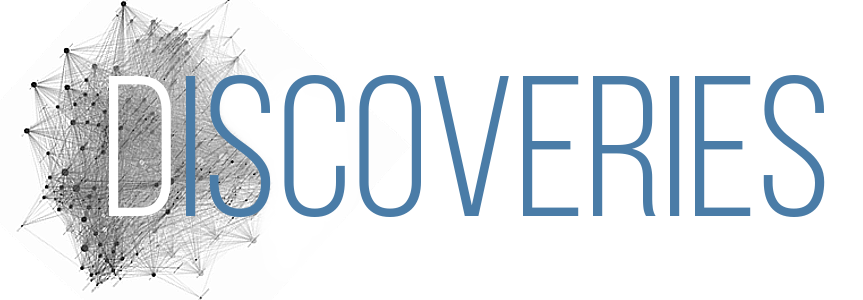Not all TV shows are created equal, so why do we still watch the bad ones? Charles Allan McCoy and Roscoe Scarborough ask this question in their study of television watchers’ perceptions of “bad” television and how they justify watching programs even they dismiss as “trashy.” The authors’ focus is not what bad television is or what sorts of people watch stereotypically bad programs, but how viewers engage with what they define as bad television.
McCoy and Scarborough conducted interviews with residents of a mid-sized, Mid-Atlantic city. The participants in the study, on average, had more education and knowledge about art and high culture than the average American citizen, which seemingly contributed to their need to “justify” watching shows like Jersey Shore or Real Housewives. Three major patterns emerged in the interviews, and participants often switched between the viewing patterns. First, some participate in “ironic consumption,” meaning that when they watch what they consider trashy TV, they condemn the show by making fun of the show and its actors. By ridiculing the shows and other people who enjoy them, viewers create a sense of superiority and separate themselves from those who enjoy “low-culture.”
Often, ironic consumption takes the form of “hate watching” with friends or family. As one interviewee said, “There is an incredible pleasure in mocking bad films, but it’s only fun if you are doing it with somebody else, because part of it is, honestly, showing off that you are both funny. But if you are by yourself, there is no point in making all these witty comments because nobody is there to hear you.” Other interviewees described lots of laughter over the content of the shows when watching with others.
The second pattern the researchers found is that some viewers enjoy bad television for its “campiness.” The viewer is sympathetic of poor production value and the aspects of the show that make it “bad.” Sometimes, they even admire the shows because they identify with the creators and their failures.
Finally, McCoy and Scarborough found a third pattern: “the guilty pleasure.” Those who consider a program a guilty pleasure genuinely enjoy the show, but also find it offensive or distasteful. This creates tension. Many in this group justify viewing by saying they can’t stop watching the disaster take place, sometimes comparing the show to watching a train wreck. They often go on to dismiss the show as “mindless” or “frivolous,” and therefore harmless.
The viewer of “bad TV,” the authors conclude, is in a state of constant contradiction. When engaging with low-culture, high status individuals feel the need to explain and justify their viewing choices in a way that separates them from the shows and the people in them. This leads to the three main ways people engage with low-brow entertainment…and explains why they don’t change the channel.
